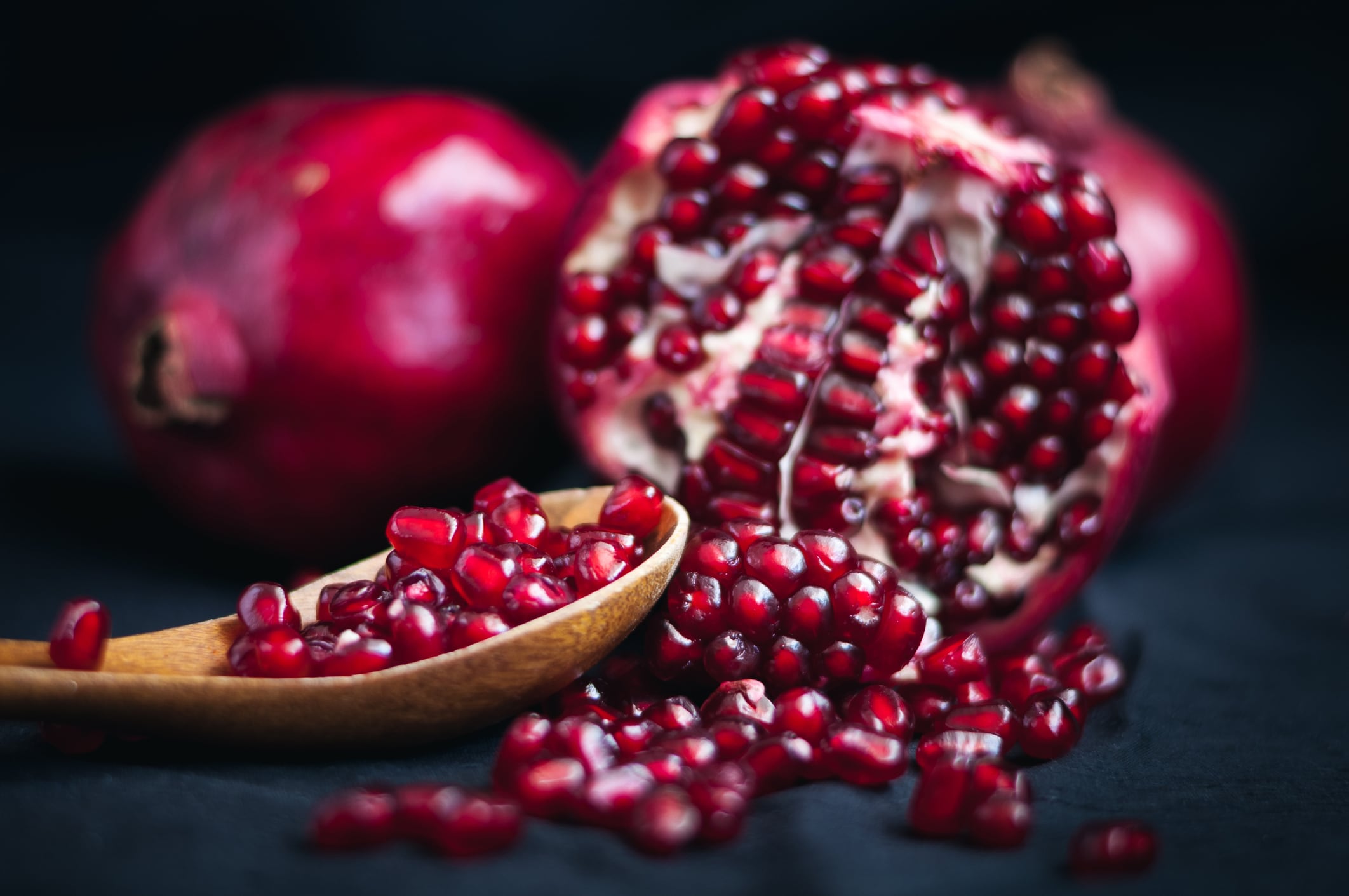As a visionary in the beauty microbiome space, Dr. Marie Drago, founder of Gallinée, is leading the way in microbiome-based beauty innovation. In a recent webinar hosted by NutraIngredients and CosmeticsDesign Europe on beauty-from-within and holistic beauty, we spoke with Drago to uncover the latest science on the gut-skin-brain axis and the trends shaping the future.
Could you share some of the latest key findings in the gut-skin axis space?
Dr. Marie Drago (MD): The gut-skin axis is a fascinating topic because it’s something people have always intuitively felt, and scientists have long suspected—a link between what you eat and the condition of your skin. Over the past year, we’ve made significant progress in understanding the mechanisms behind this connection. It’s now well-proven, which is exciting, especially since dermatologists previously denied any link between diet and skin health. Now, we can measure and understand these mechanisms.
Every time a new mechanism of action is discovered, science moves forward. Recently, there’s been growing evidence of a link between certain skin bacteria and mental well-being. For me, the most interesting developments are around probiotics with proven effects on the skin, and the metabolic pathways involved. It’s becoming less about which bacteria are “good” and more about which mechanisms and metabolites that impact the skin. This opens up opportunities not just for probiotics but also for prebiotics and metabolite precursors.
Which beauty-from-within ingredients could help improve skin via the gut, and vice versa?
MD: Diet should always be the starting point—that’s my pharmacist’s perspective. A balanced diet, especially one high in fiber, provides the foundation for good skin via the gut.
If diet alone isn’t enough, supplements can help. Probiotics are popular in both the cosmetics and pharmaceutical industries because they can be patented and tailored. Personally, I’m very interested in prebiotics—feeding your own bacteria to produce desired effects. Traditionally, prebiotics have been oligosaccharides, but I believe we can be more targeted with new ingredients. For example, prebiotics derived from algae have shown effects on the gut, brain and skin. When developing my own supplements for the skin axis, I include astaxanthin, as it’s a rare but highly effective ingredient.
How does the brain-skin axis, or even the gut-brain-skin axis, fit into this picture?
MD: This is what I love about microbiome science—everything is interconnected. We’re moving away from the old mechanistic view of medicine, where each organ was treated separately. The microbiome shows us that everything communicates: bacteria with each other, bacteria with the body and organs with each other. The brain-skin connection is particularly interesting, as both organs contain neurons.
The gut and skin are similar—they’re frontier organs that protect us and regulate what enters the body. The gut-brain-skin triangle makes a lot of sense. Stress, for example, shows up in both the skin and gut, and gut issues can cause stress and skin problems. The skin’s impact on the brain and gut is a newer area of research, but early findings—such as the link between rosacea, the gut and the brain—are promising.
Is rosacea a side effect of stress?
MD: Stress and inflammation are the two major health challenges of the 21st century. Stress has been shown to influence both the skin and gut and vice versa. But skin problems like acne can also impact mental health—not just psychologically but through biological mechanisms. We can now prove that skin issues can affect the brain, highlighting the importance of holistic approaches to beauty and well-being.
We are seeing more nutricosmetics innovation that spans two industries—cosmetics for topical use and nutraceuticals for ingestible use—as you’ve created these kinds of products at Gallinée, what regulatory challenges might companies face when innovating in this space?
MD: I come from the beauty side, where regulations are strict, especially under European cosmetics law. There’s a clear framework for what claims you can make: If you can prove it, and it’s a cosmetic claim, you can say it. But when I entered the world of supplements, I found that regulations vary by country, especially regarding claims on packaging. In many cases, there are very few claims you’re allowed to make, because there’s a set list of ingredients that permit certain claims.
Probiotics aren’t even included on that list in some countries. In some places, I can’t even use the word “probiotic,” or even “bacteria.” So, from a regulatory perspective, supplements are both vague and challenging to navigate. It’s a shame, because you can create products with proven effects, but you’re not allowed to talk about them—leaving the field open to companies that rely only on marketing claims, taking advantage of this regulatory gray area.
Do beauty consumers actually understand the science behind the gut-brain-skin axis? And do they even need to understand it to buy the products?
MD: That’s interesting. I’ve been in the skin microbiome space for 10 years, and at first, I had to explain to people that they had bacteria on their skin and why it mattered. But I don’t have that problem at all with the gut-skin axis, because people instinctively understand the connection between what they eat and their bodies. You still hear people say, “I have acne because of chocolate.” Scientifically, that might not be accurate, but at least people intuitively grasp that there’s a link between the gut and the skin.
The gut-brain axis is newer, but people are catching on quickly, thanks to strong media coverage and advances in science. Even our language reflects this—phrases like “gut feeling” or “I feel it in my gut” show that people understand the connection between the gut and the brain. So, it’s actually much easier to explain or market supplements for the brain-skin axis than it was for the skin microbiome.
What other holistic beauty-from-within ingredients are interesting to you right now?
MD: For me, it’s always about prebiotics, but polyphenols and tannins are also interesting—I haven’t seen many tannins used as supplement ingredients yet. Algae is another big, underused source of prebiotic ingredients. Butyric acid is incredibly important for gut health, but it tastes like rancid butter, so it’s not appealing. If you can find precursors that the microbiome can convert into butyric acid, that would be a breakthrough—I haven’t seen that yet in the ingredient space.
Is there anything else you’d like to mention on this topic?
MD: I’d love to see more proof of concept for the ingredients I’m buying. Yes, my wish for the future is better proof of concept on the microbiome side.
The shift toward interconnected beauty: Free broadcast
To learn more about the shift toward holistic, interconnected beauty and the future of the nutricosmetics market and the entire cosmetics industry, tune into our free webinar on the topic. It featured Marie Drago and three other leading experts including Jason Harcup, global head of R&D for beauty & wellbeing at Unilever, Steffen Wegener, managing director of HECH (winner of our Nutra Awards Beauty Product of the Year), and Shiyan Zering, senior research snalyst at Mintel.
Sign up here to watch our special broadcast to learn how the beauty-from-within trend is redefining skincare and wellness, with insights on nutricosmetics, neurocosmetics, the gut-skin axis and more.
Sign up here to watch our special broadcast on how the beauty-from-within trend is redefining skincare and wellness, with insights on nutricosmetics, neurocosmetics, the gut-skin axis and more.




